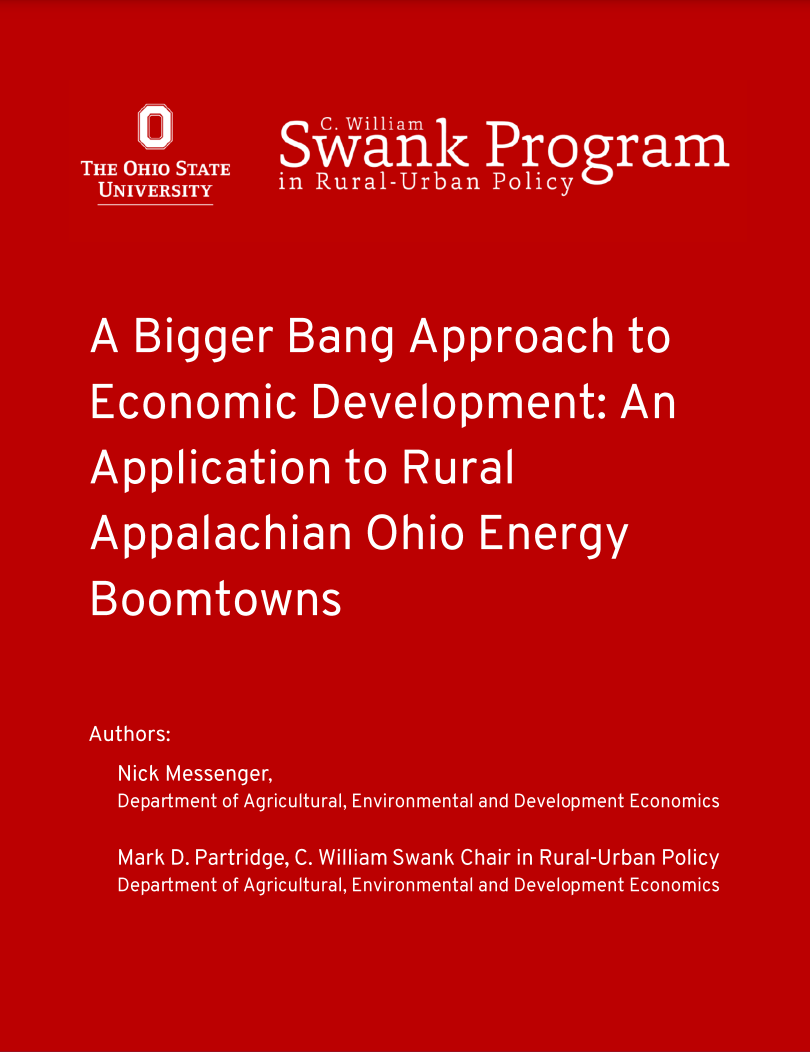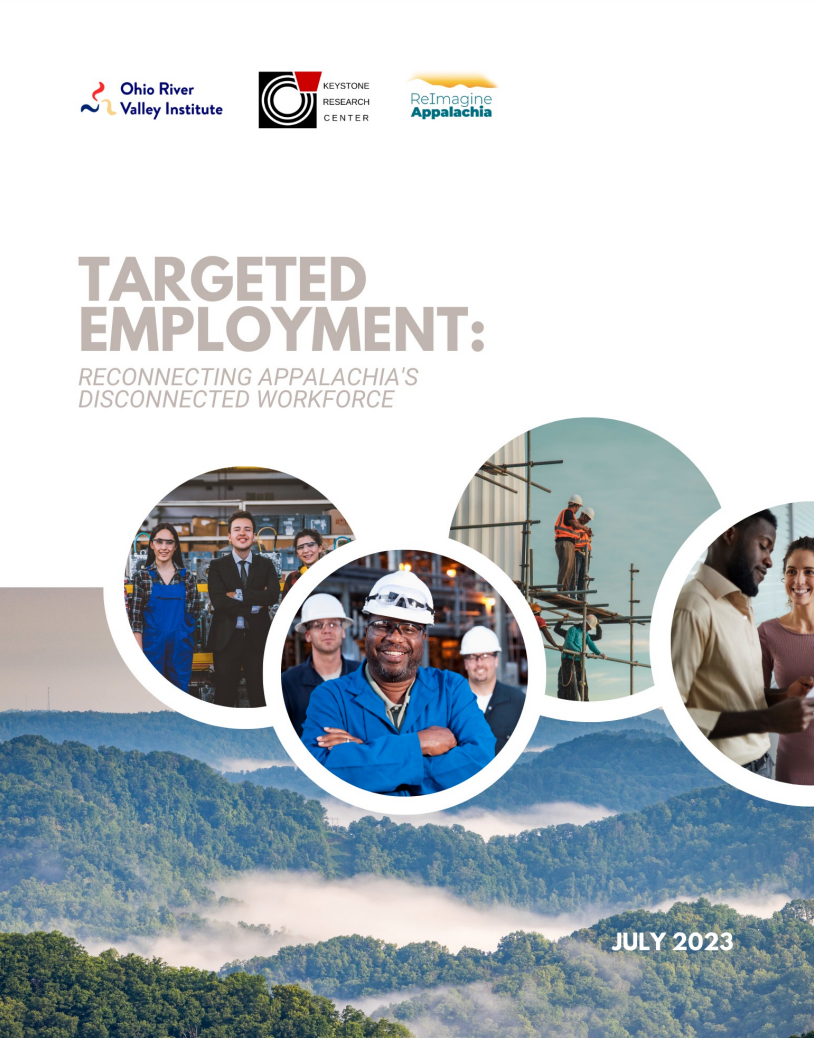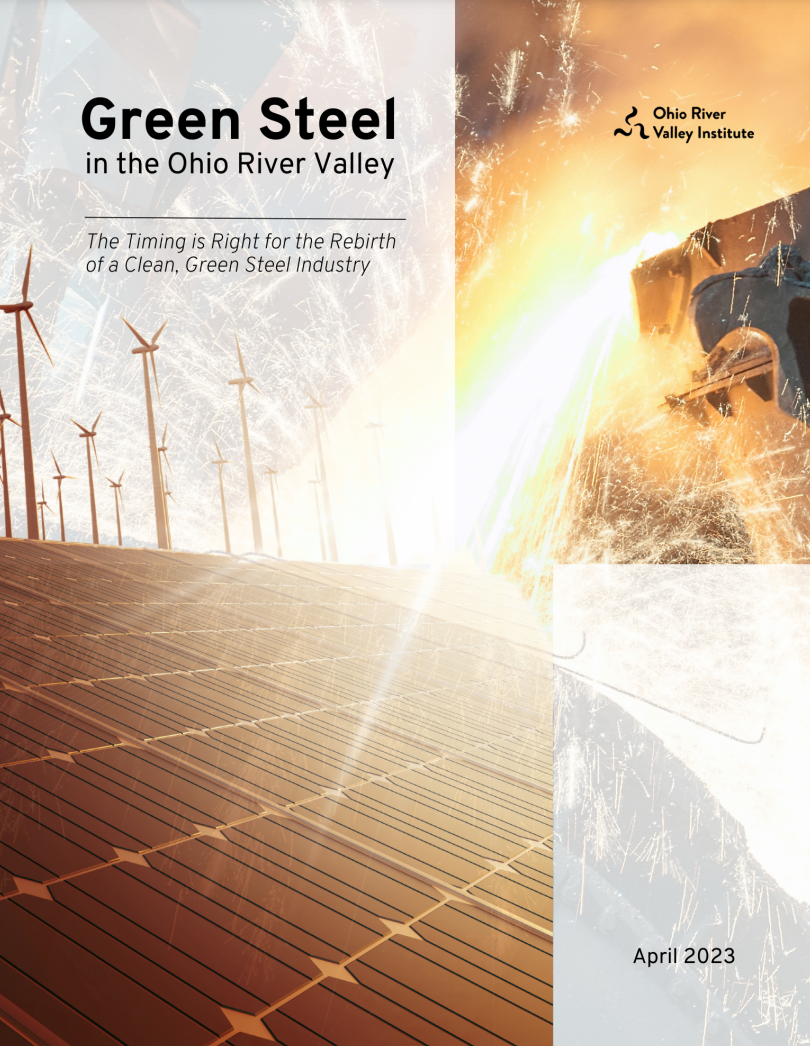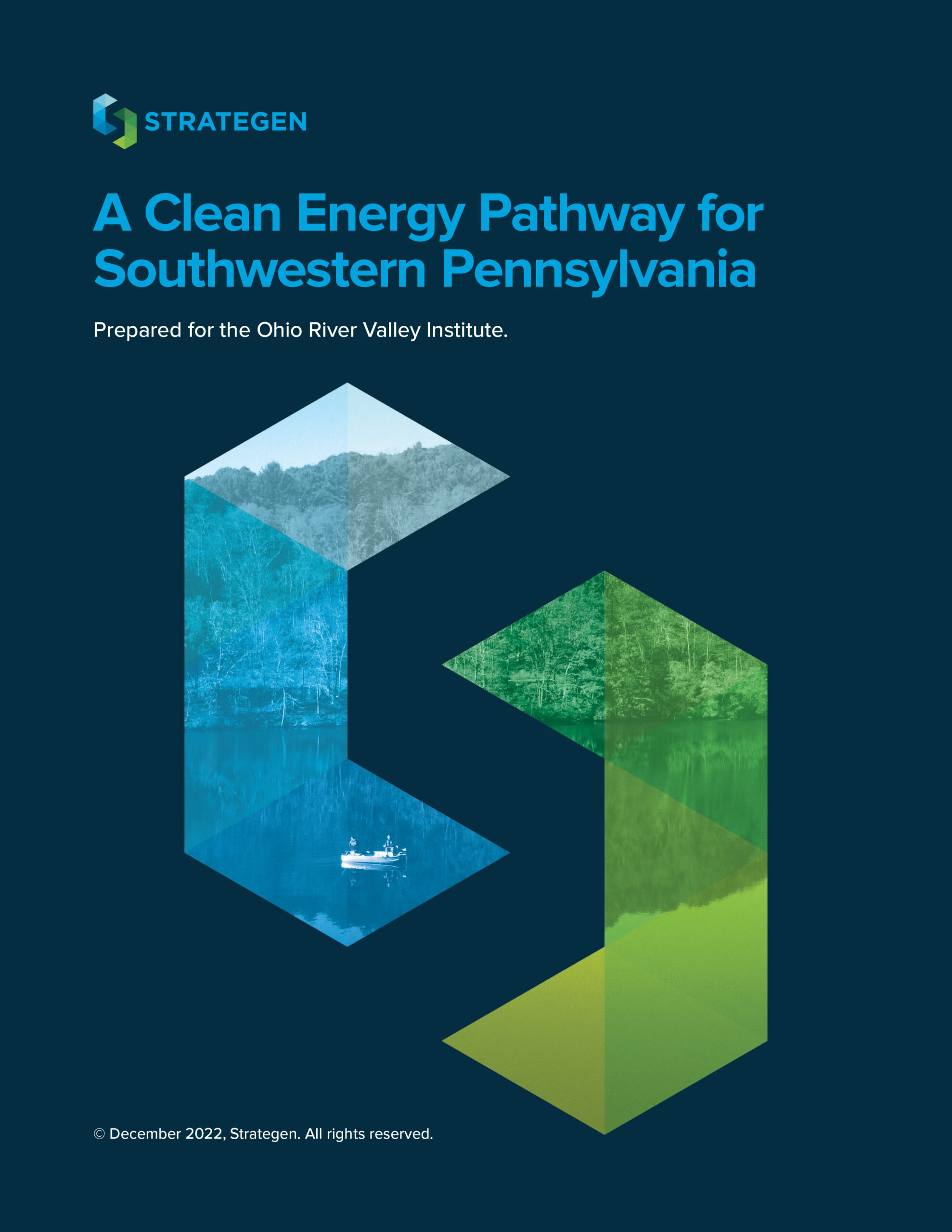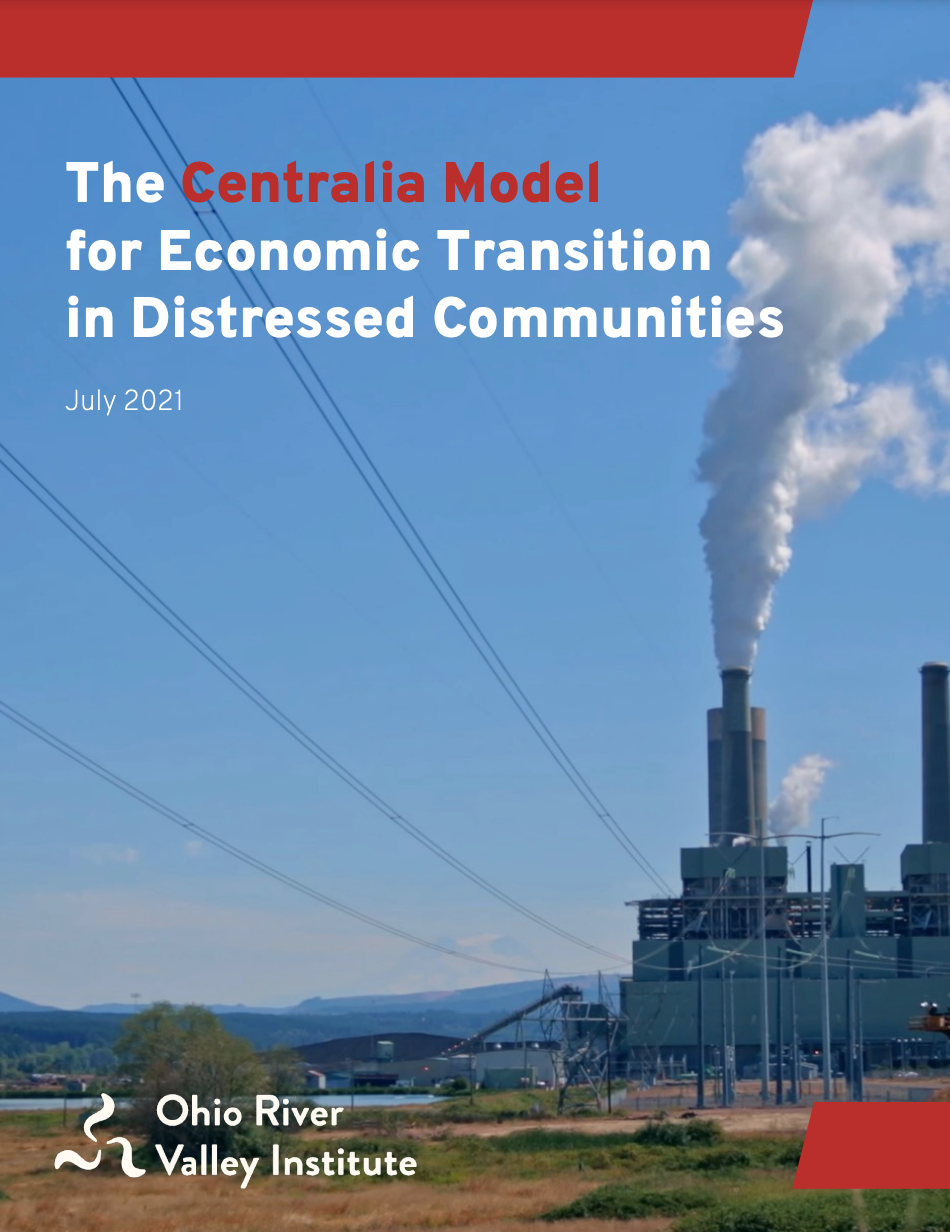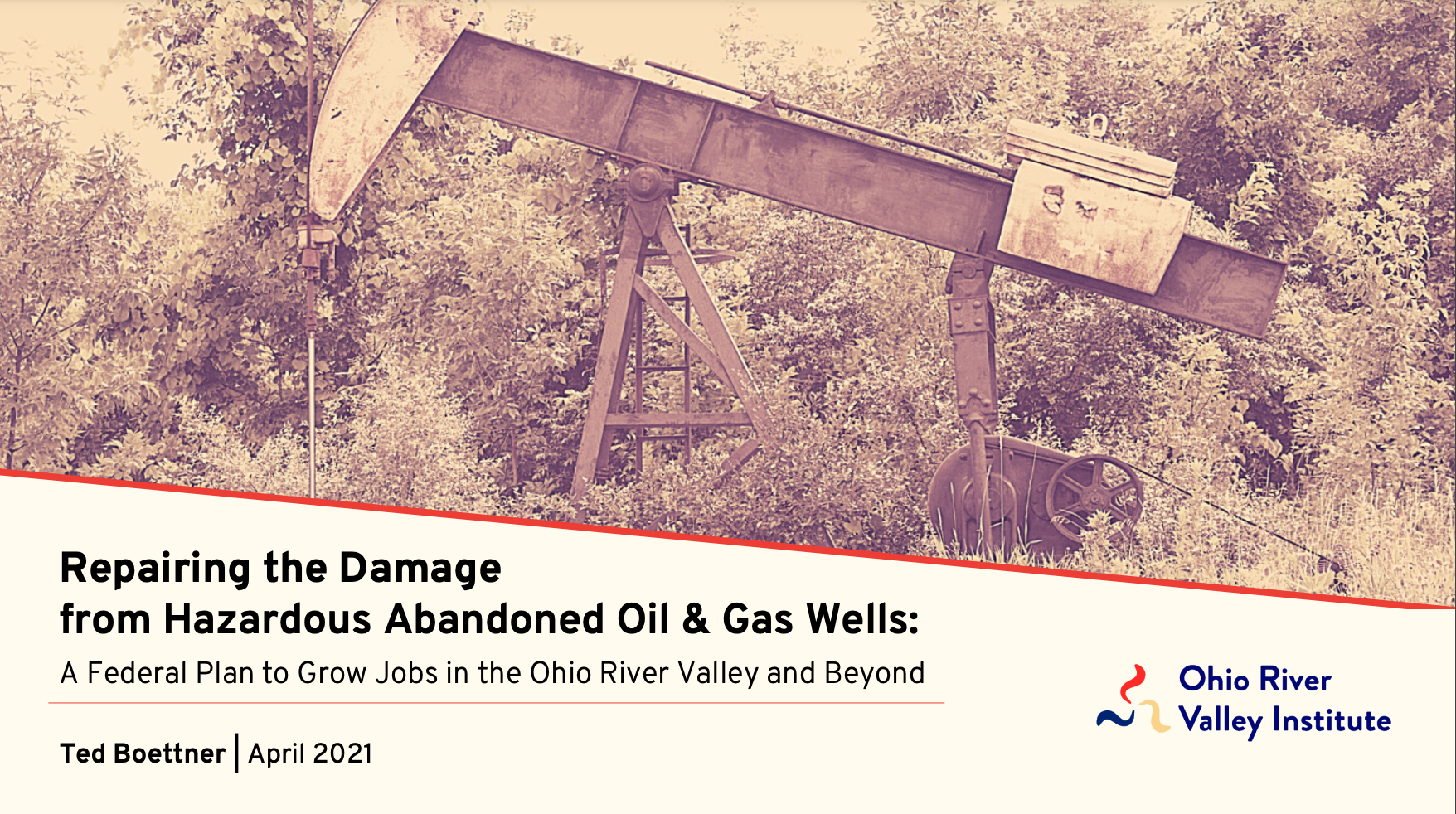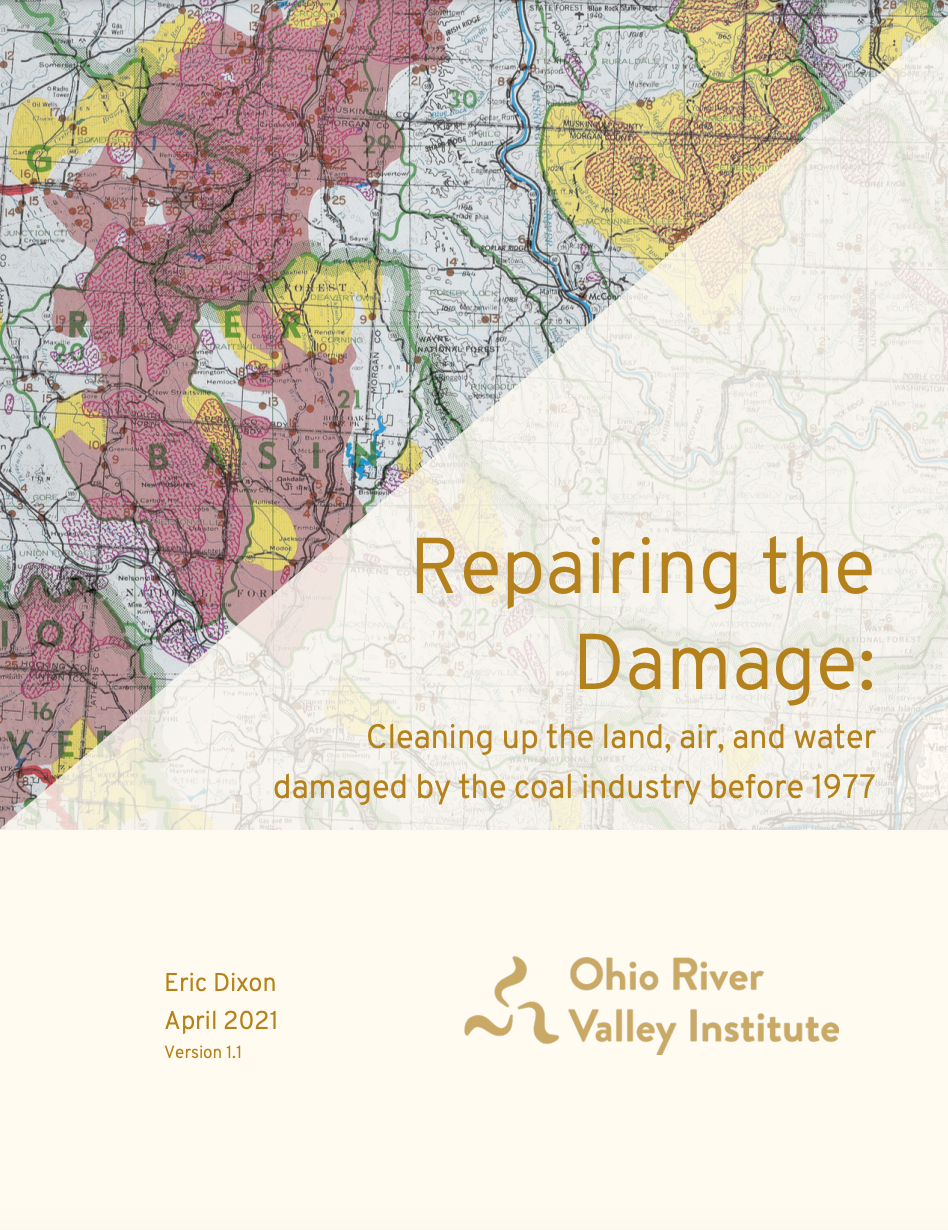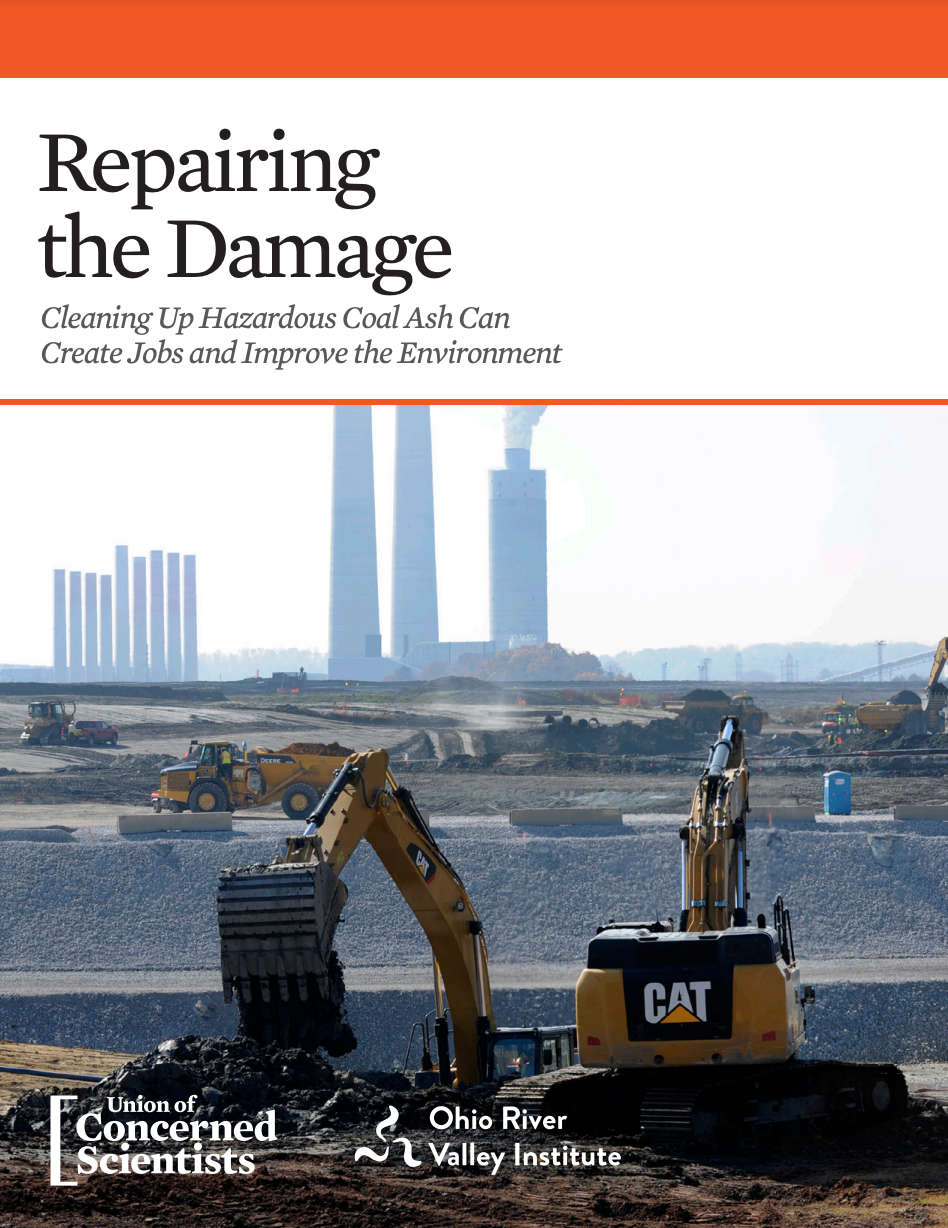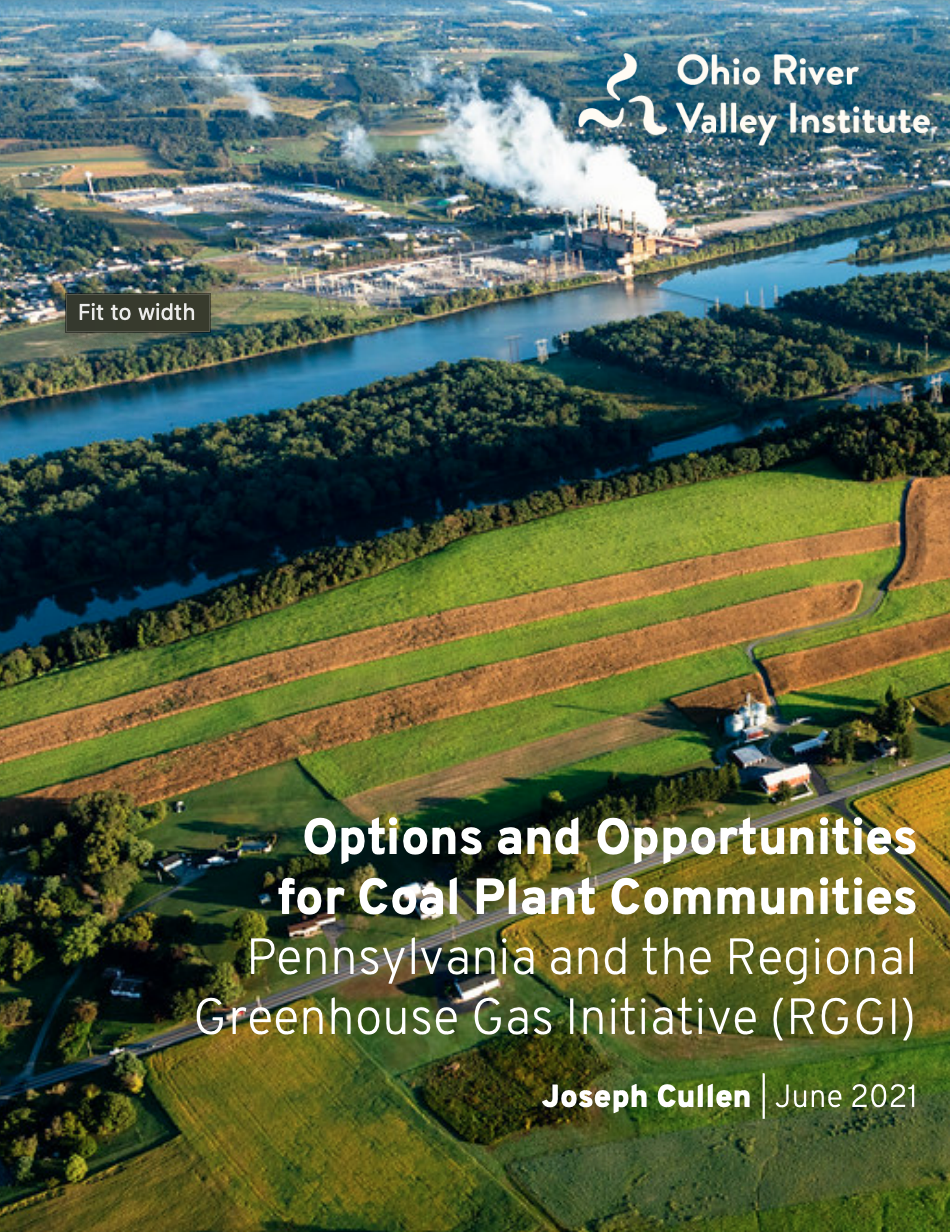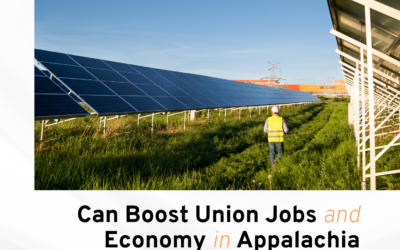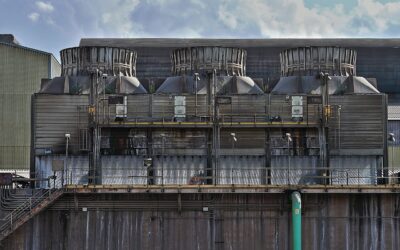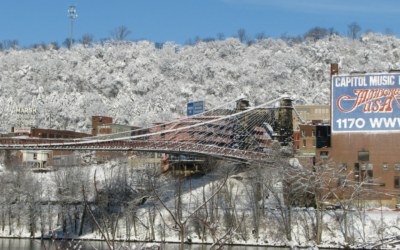Building Shared Prosperity & Clean Energy

Generations of fossil fuel development have hollowed out the Ohio River Valley economy, hemorrhaging jobs and accelerating population decline. Investing in the region’s energy transition is an opportunity to spur job growth and shared prosperity across the region.
Clean energy generation, energy efficiency retrofits, quality-of-life focused development, and large-scale initiatives to repair the damage from the oil and gas industry could create tens of thousands of jobs and revitalize long-struggling communities. Here’s how.
“A clean energy pathway for Western Pennsylvania is less costly, creates more jobs, and more effectively reduces climate-warming emissions relative to a pathway centered around natural gas and carbon capture.”
Reports:
All research on Shared Prosperity & Clean Energy:
IRA Clean Energy Credits with Labor Standards Can Boost Union Jobs and Economy in Appalachia
Achieving “high-road” labor standards could double tax benefits for IRA-funded clean energy projects, boost wages, and spur local economic growth.
RISE PA to Slash Pennsylvania’s Industrial Emissions with $396M in EPA Funding
On behalf of the Clean Power PA Coalition, a group of more than 40 clean energy, conservation, and community organizations committed to protecting Pennsylvania's environment and powering its economy through clean energy, we're thrilled—but not surprised—that the EPA...
You know that thing about how expensive renewable energy is?
Almost three years ago I wrote a blog post titled, “Renewable Energy: The New Texas Tea.” In it, I compared changes in electric rates in Texas, where what would become a rapid transition to renewable energy was gathering steam, with changes in rates in Ohio,...
Pennsylvania’s Opportunity to Cut Industrial Pollution and Create Jobs
Heavy industry is Pennsylvania’s biggest source of climate pollution and a principal cause of various environmental health concerns in frontline environmental justice communities. A new program known as Reducing Industrial Sector Emissions in Pennsylvania, or RISE PA,...
Giving Away the Future
Billions in ITEP tax incentives have failed to grow jobs and personal incomes in Louisiana.
A Roadmap for Industrial Decarbonization in Pennsylvania
Our roadmap for industrial sector decarbonization in Pennsylvania would cut emissions by 84% by 2050.
The Rhodium Group’s Economic Impact Report on Carbon Capture and Storage
Attorneys who specialize in contracts know that a single phrase or just a word can completely alter the meaning and effect of a contract. The same is true . . . maybe even more true . . . of economic impact reports, which by their nature are speculative and...
2023 in Review
Together, a more prosperous, sustainable, and equitable Appalachia is possible. That’s the vision that has geared our data-driven research, guided our outreach and campaigns, and grounded our work in the region’s community and culture ever since the Ohio River Valley...
Pennsylvania Senate Hydrogen Hub Testimony Illuminates Cost, Viability Concerns; Risk of Wasted Taxpayer Dollars
Financial and regulatory support for the gas-based ARCH2 Appalachian Hydrogen Hub risks reduced economic growth, fewer jobs, and higher utility bills, taxes, and prices for Pennsylvanians, according to testimony delivered today at the Pennsylvania Senate Democratic Policy Committee’s hearing on hydrogen infrastructure by Ohio River Valley Institute Senior Researcher Sean O’Leary.

